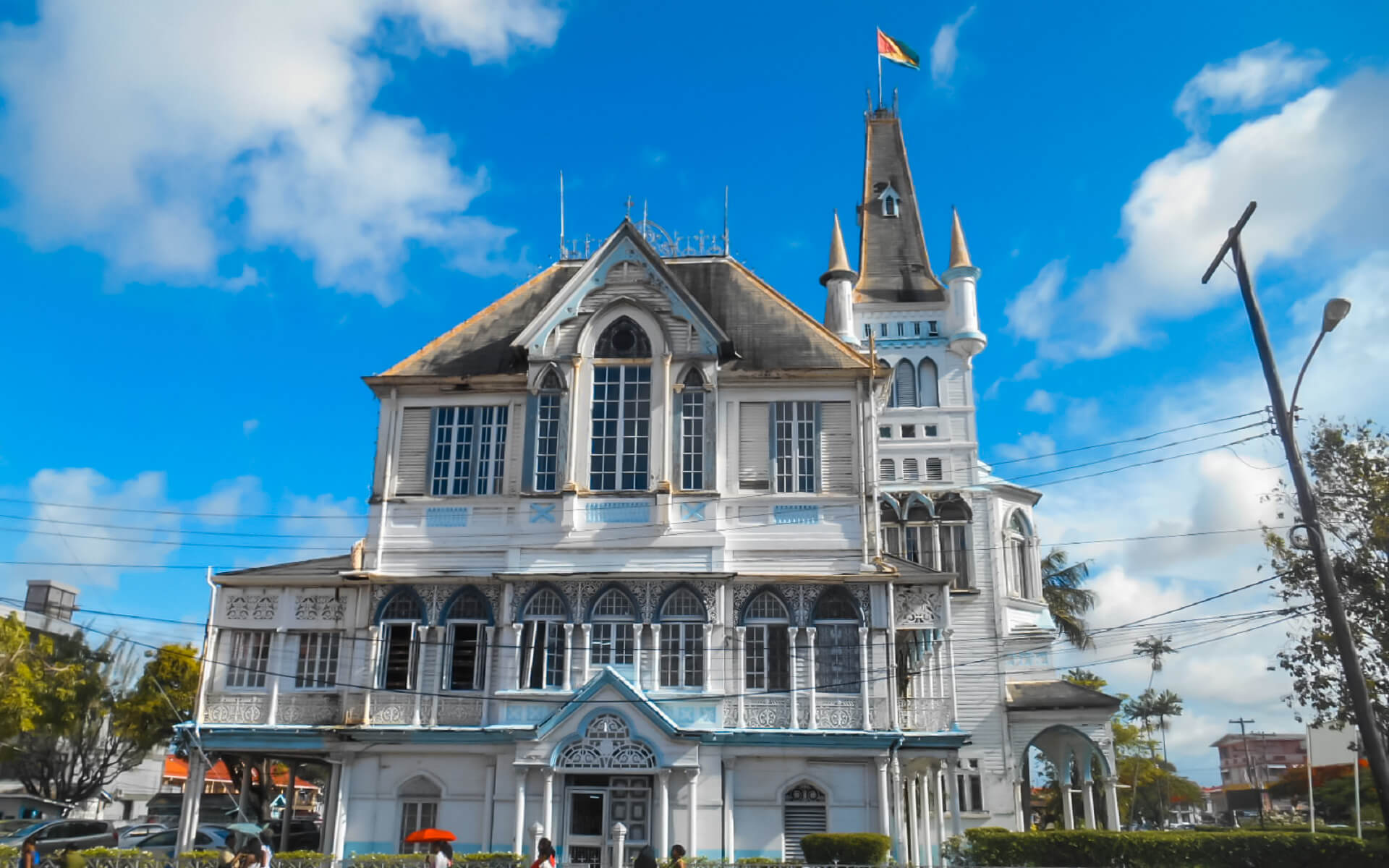In General
Georgetown is notorious for petty street crime. Do not walk alone at night, or even in the day, unless you know the area well. Areas such as the Tiger Bay area east of Main Street and the entire southeastern part of the city including, in particular, Albouystown and Ruimveldt are traditionally known as high crime areas but one can be relatively safe if going through these areas in groups and with native escorts. Venturing into the covered area of the Stabroek Market can pose some dangers but if you need to visit it then do so with a group or with Guyanese whom you know well and with whom you feel comfortable. Police are unlikely to help you unless they see the crime in action. Be sensible about wearing jewelry. Even cosmetic jewelry which is gaudy is likely to attract the wrong attention.
It is advised to exercise common sense.
You might have heard of or read about the village Buxton. It is a hotbed of Afro-Guyanese violence, comparable to the American neighborhood Compton. Visits to Buxton ought to be brokered carefully with someone who knows the area well and who is well accepted in the village. If your visit to this village is perceived to be anything other than casual then there could be unwarranted problems. There are a lot of gangs and drug dealers there. Many Indo-Guyanese villages such as Cane Grove, Annadale, and lusignan, are notorious for violence, petty crimes, racism and kidnappings. It is advisable for toursists or people who are not of Indo-Guyanese origin travelling through these areas should also be accompanied by someone known in these areas.
The police response varies depending on the location and time of the crime. Some tourists have reported positive responses.
Discussions of the current affairs of ethnic relations between the two major races, politics and the socio-economic issues in the country ought to be undertaken with much tact and much patience. Be aware that these types of discourses can sometimes lead to very heated and intense debate, and possibly something much worse. Guyanese are generally very open to discussing most issues, but as an outsider, you could be seen as a part of the problem – as absurd as that sounds – so guard your tongue.
Crime is rarely directed at tourists, so don’t feel intimidated. Just be sensible about the company you keep, where you go and how you behave.
The biggest problem I experienced was the high level of noise, particularly in the areas where tourists / backpackers stay. E.g. the noise caused by Palm court disco on main street was so extreme that it triggered alarms of cars in the vicinity to go off. Whenever there is a bar / restaurant in the area there will be noise until late at night until 3 AM or later.
Safety for gay travelers
Homosexuality is illegal in Guyana and carries a sentence of life in prison. However, no one has been charged under the laws. One organization SASOD organizes some events to promote anti-homophobic work. There is no local gay “scene” as most homosexuals remain rather closeted. Private gatherings are known to occur to which one must be invited. Homosexuals who are openly gay are generally left alone providing they are circumspect about their behavior. Public displays of affection among gay people are frowned upon and can make you the target of overt discrimination, attacks and taunts. There are no hotels, resorts or bars anywhere in the country which cater exclusively to gays and lesbian visitors or locals for that matter. The gay traveler is wise to be very cautious and conservative in his/her behavior.


